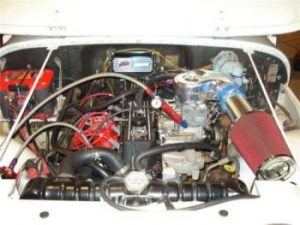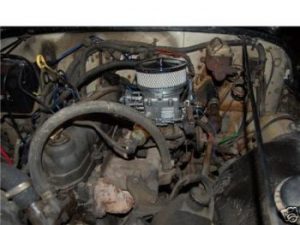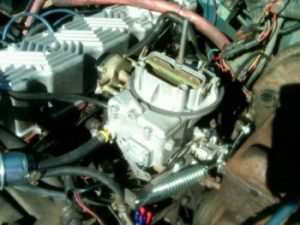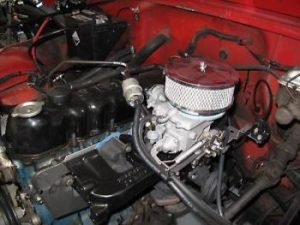2100/2150 | Jeep Carburetor Upgrade 258/4.2 Non-Smog 1.08
Price list
Still could not find the Part? Contact us @ Find Exact Part in 24 Hours
Specification
| Brand | |
|---|---|
| Part Brand | GRONK Performance |
| Make | |
| Model | Carter 2 Barrel 2BBL Weber CJ YJ Carburetor AMC Eagle |
| Placement on Vehicle | Front |
| Fitment Type | Direct Replacement |
| Surface Finish | Aluminium Upgrade 258, 4.2 Non-Smog 1.08 |
| Country/Region of Manufacture | United States |
| Part Number | 2100, 2150 |
| Condition | Refurbished |
Fit In Five Steps
How to replace a Jeep Carburetor?
1.Disconnecting the Battery Cables
Find the battery under the hood of the vehicle and detach both the positive (+) and negative (-) battery cables. You will need to shield and secure the cables in a way that they cannot inadvertently make contact with the posts on the battery while you are making repairs. Cover the cable terminals and secure them out of the way. Identify the air cleaner assembly and all related ductwork. Remove the air cleaner assembly and all ductwork.
2.Identifying and Removing All of the Vacuum Hoses and Other Connections
Visually identify all of the hoses attached to a carburetor. Remove all the hoses that are attached to the carburetor and secure them off to the side of the work area. Visually identify the linkage and its bracketry and Disconnect the throttle linkage and any bracketry that may mount it to the side of the carburetor. Remove the linkage and bracketry and secure it off to the side.
3.Disconnecting the Fuel Supply Line and Remove the Old Carburetor
Release any residual fuel pressure in the fuel line. Remove the fuel supply line. Drain the fuel supply line. Move the fuel supply line off to the side. Visually identify all hardware that secures the carburetor to the intake manifold. Use the appropriate tools to remove the mounting hardware. Separate the carburetor from the intake manifold. Block off the intake manifold opening. Place shop rags or towels in the intake manifold opening to keep debris from falling into the engine. Remove the gasket between the carburetor and intake manifold.
4.Preparing to Install the Replacement New Carburetor
Using a light solvent, clean the flanges of both the intake manifold and the replacement carburetor. Install a new carburetor gasket on the intake manifold (most replacement carburetors come with a new gasket). Remove any shop rags or towels that may have been previously placed into the intake manifold. Place the replacement carburetor back onto the intake manifold. From here, follow the removal process in reverse order, up to the point where all vacuum hoses, the fuel line, and the throttle linkage have been reinstalled.
5.Checking the Carburetor for Leaks and Completing the Installation
Reconnect both the positive (+) and negative (-) battery cables. Depending on the type of fuel system you have (electric versus mechanical), apply fuel pressure to the system. Visually inspect the carburetor, hoses, lines, and general area around the carburetor for any signs of fuel leakage. Tighten any fittings or fasteners as necessary to seal any leaks. Once any leaks are taken care of, start the engine and check the functionality of the new carburetor. Replace the air cleaner and any ductwork removed during disassembly. Give a final visual inspection. Test drive the car.

$96.99

















Got something to discuss?